Japanese Tonkatsu (Crispy Pork Cutlet) in 30 Minutes
Crispy Tonkatsu is a Japanese pork cutlet coated in airy panko and fried until golden brown. This easy 30-minute recipe delivers a light, crunchy crust.
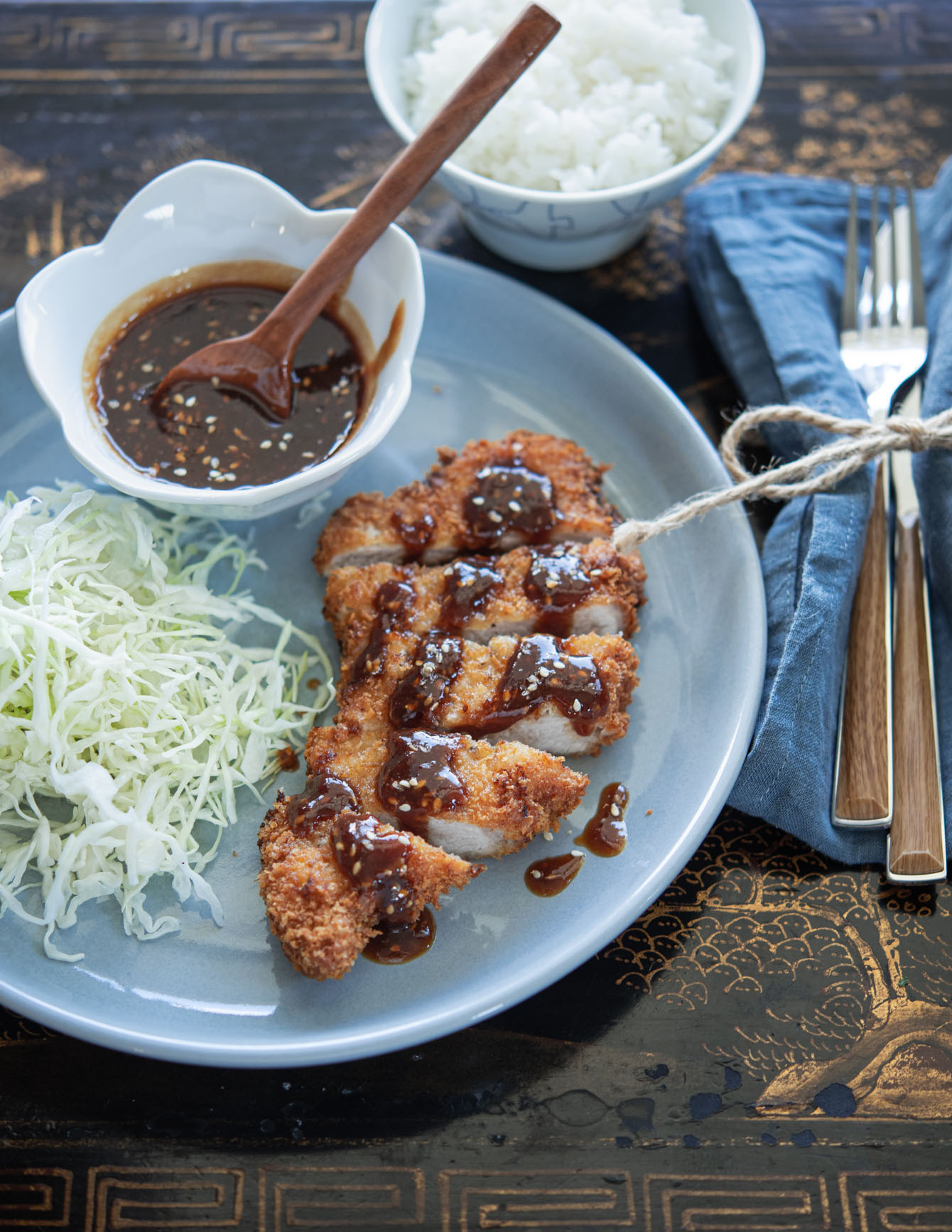
Few dishes are as satisfying as biting into a freshly fried cutlet — the crisp crackle of the crust, the tender pork inside, and that tangy sauce on top. Tonkatsu (とんかつ), Japan’s beloved pork cutlet, looks like something you’d order at a restaurant, but it’s surprisingly simple to make at home.
When I first tried it in my own kitchen, I was amazed at how approachable it was. Over the years it became a reliable weeknight dinner for my family — quick enough to cook in 30 minutes yet special enough that everyone at the table looks forward to it.
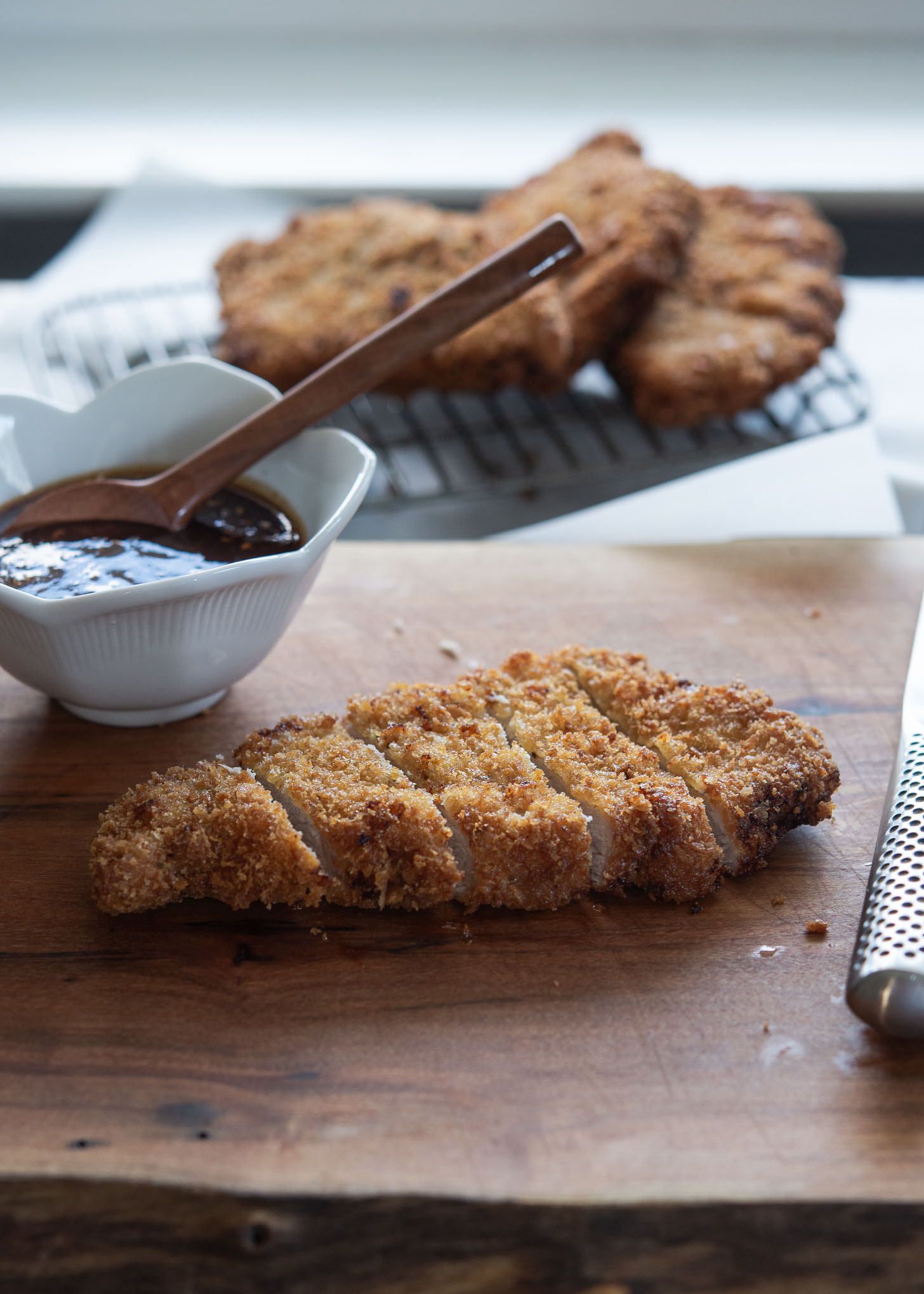
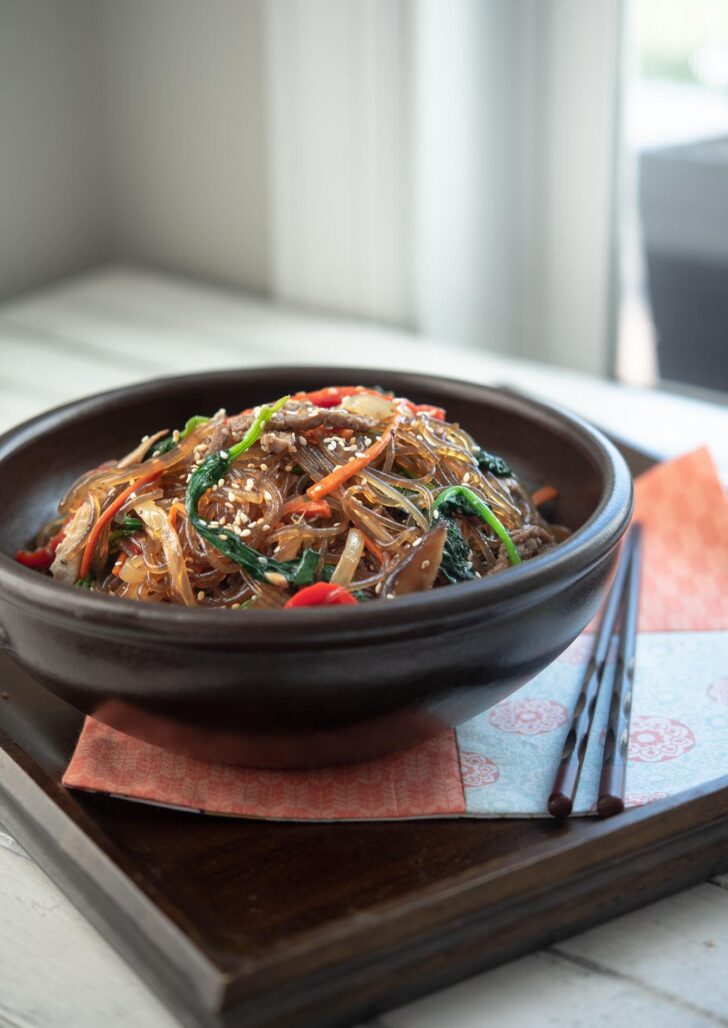
Get new recipes via email:
Crispy Japanese Tonkatsu with a Family Twist
While I grew up eating Donkatsu (돈까스) in Korea, pounded thin and covered in a gravy-like demi-glace sauce, I’ve come to love the Japanese version for its slightly sweet, tangy tonkatsu sauce and lighter texture. My kids enjoy this version so much that even their friends still talk about it after playdates, calling it the best Tonkatsu they’ve ever had.
This recipe leans toward the Japanese style, but with a few small tweaks my family prefers. In the recipe steps, I’ll share the trick I use to make the coating extra crispy — simple enough for weeknight cooking yet effective enough to make the cutlets taste restaurant-quality.
And while I’m sharing the cutlet method here, you can find my 3-minute homemade Tonkatsu sauce recipe in a separate post. It’s the easiest way to upgrade your cutlet with toasted sesame flavor and a restaurant-style glaze.
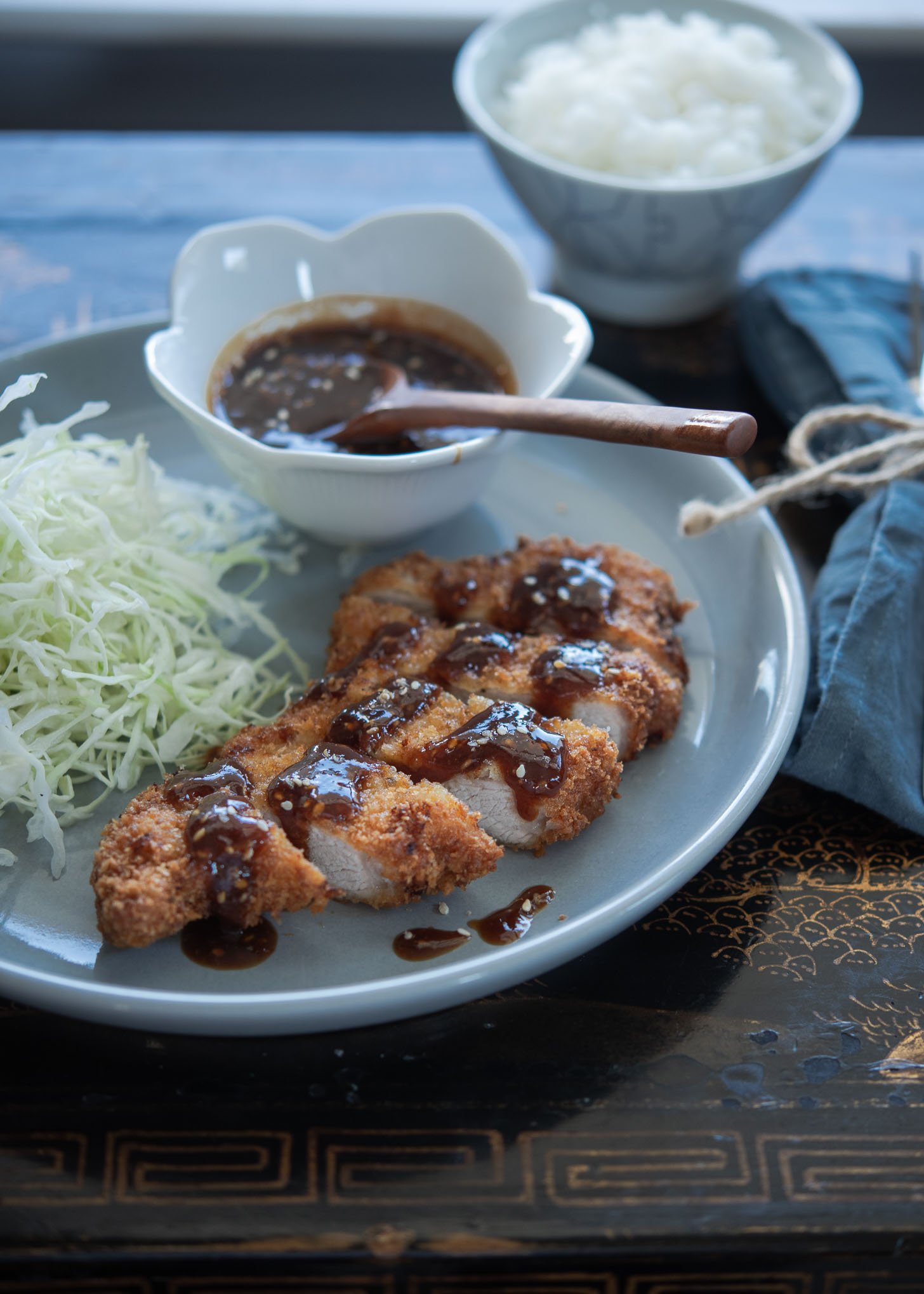
Key Ingredients and My Best Tips
The beauty of this dish is that it only requires a few staples, but small choices can make all the difference:
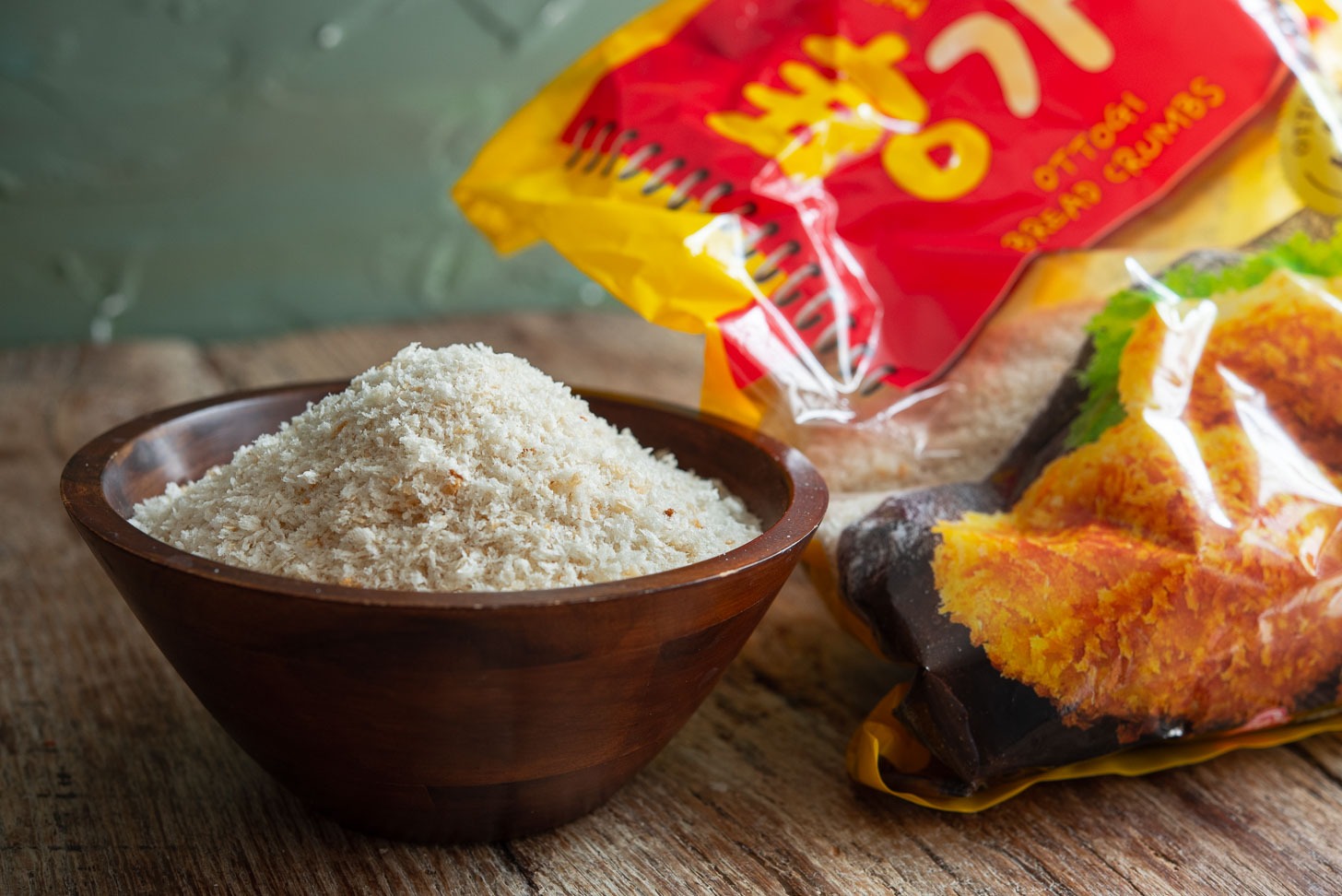
- Pork loin (½-inch thick): Lean loin gives the cleanest, crisp bite. For a juicier cutlet, pork shoulder is a good alternative. I always pound the slices thin so they cook quickly without drying out.
- Seasoning: Just a light sprinkle of salt and pepper is enough — the sauce and crunchy crust carry the flavor.
- Panko breadcrumbs: Japanese panko creates the signature airy crunch. Regular breadcrumbs don’t compare. I’ll share my trick in the recipe steps for making the coating even crispier.
- Oil: Choose a neutral, high-heat oil like peanut or canola. Peanut oil is my go-to for its clean flavor.
- Sauce options: My family always prefers homemade (find the link in the recipe card). For variation, you can also serve the cutlet with teriyaki sauce for a sweeter glaze or a brown gravy closer to the Korean Donkatsu I grew up eating.
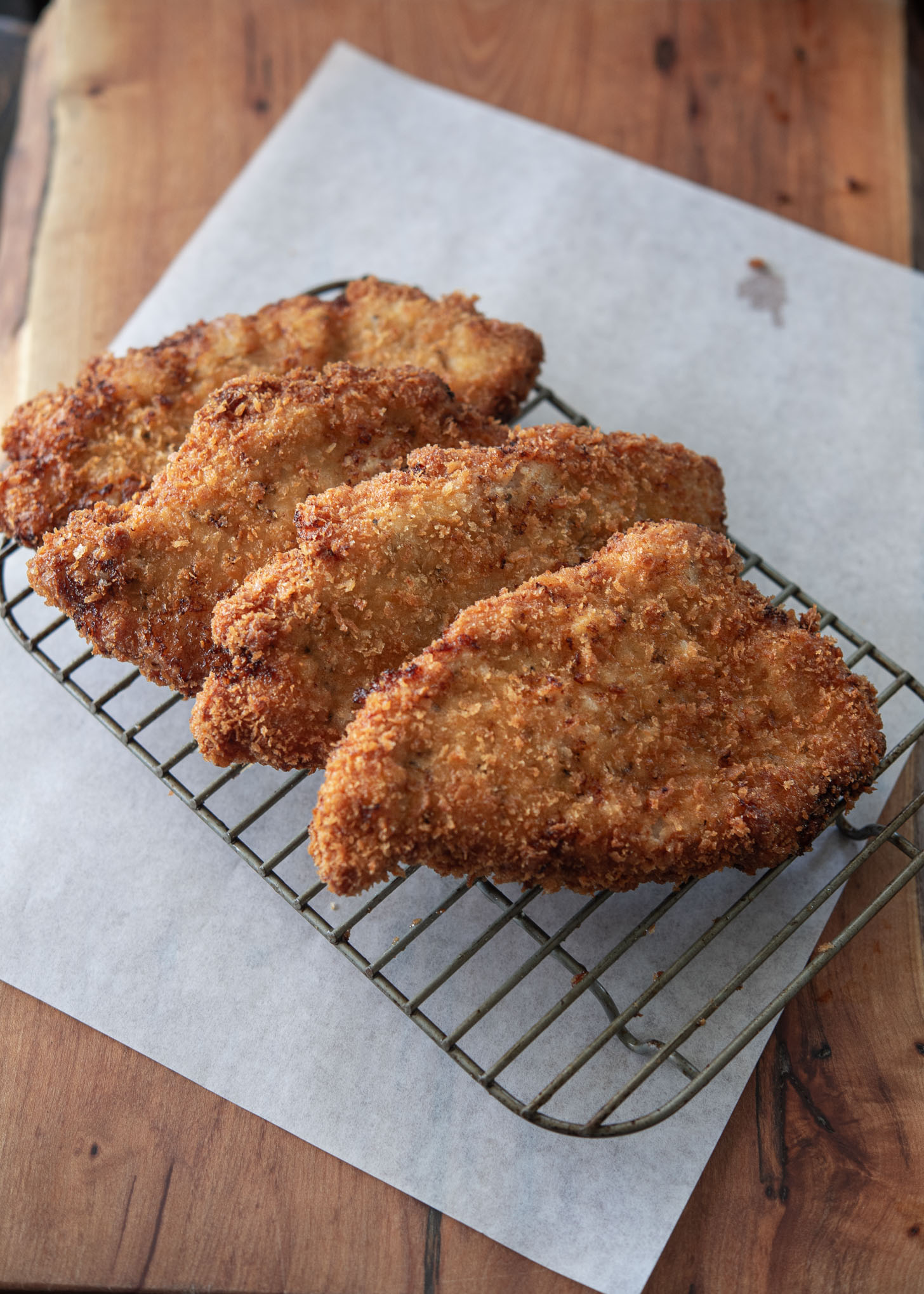
Step-by-Step: How to make Tonkatsu
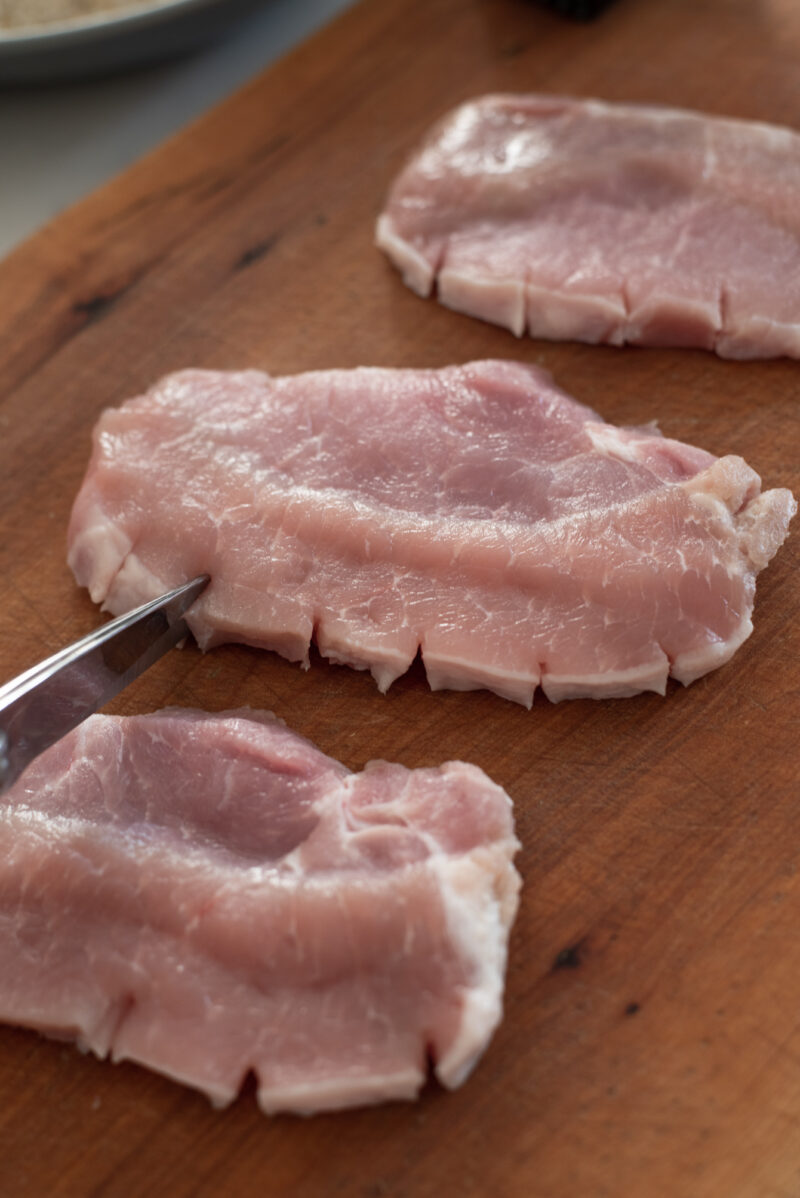
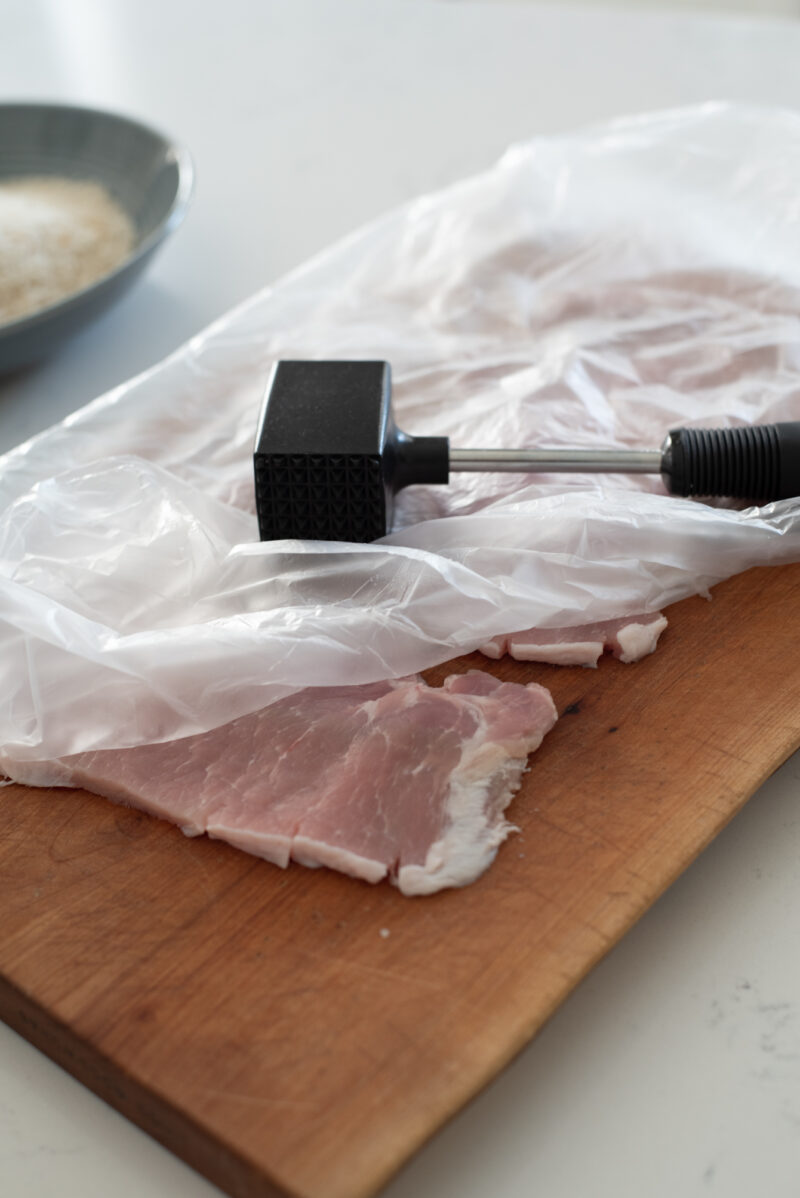
Prep the pork. Pound the slices thin and snip the fat lines with kitchen scissors. This simple step keeps the cutlets flat as they fry and ensures even cooking every time.
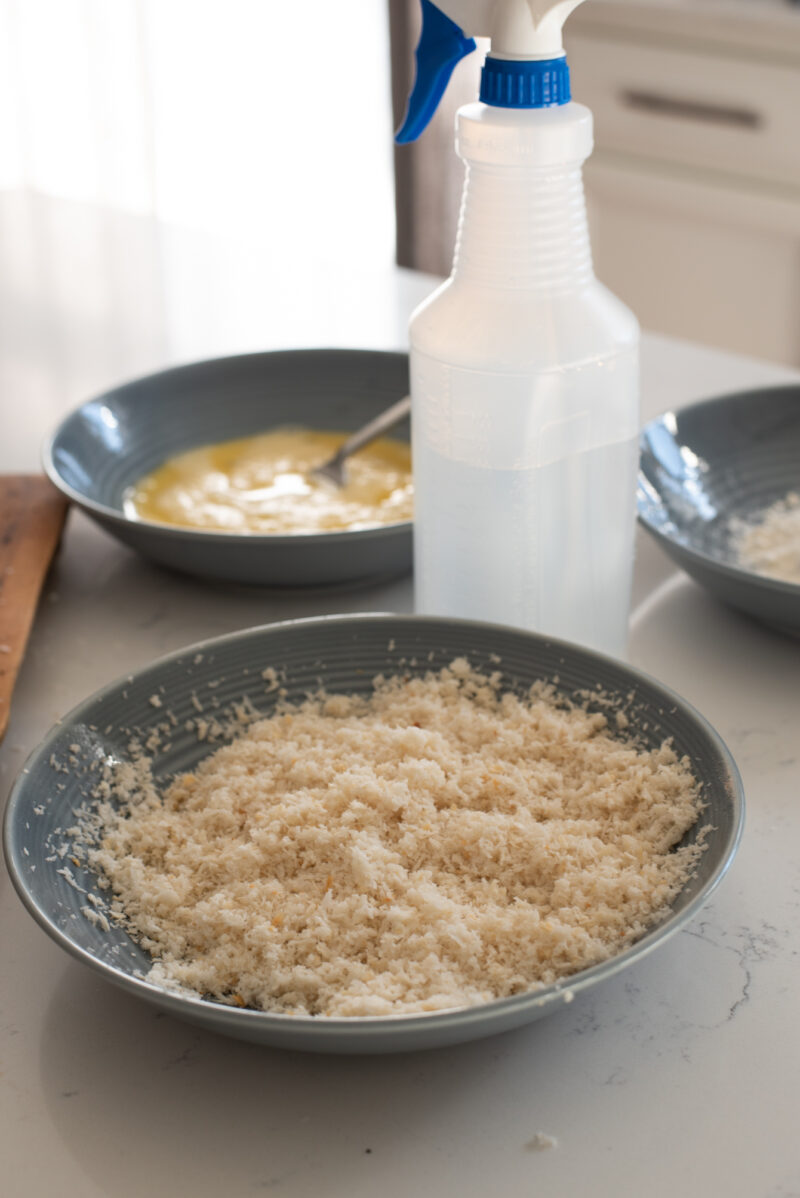
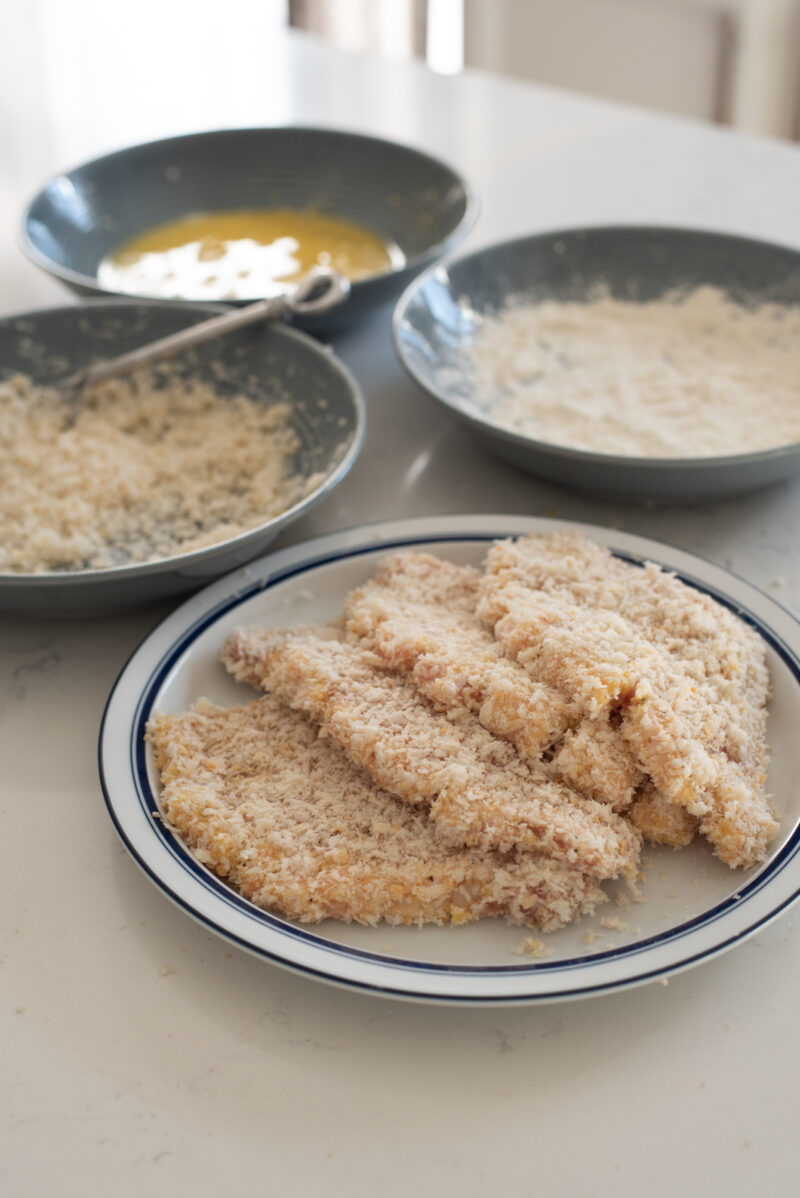
Set up your breading station. Line up three bowls — flour, egg, and panko. I like to mist the panko lightly with water before coating; it helps the crumbs cling and fry up lighter. Let the breaded cutlets rest a few minutes so the crust can set.
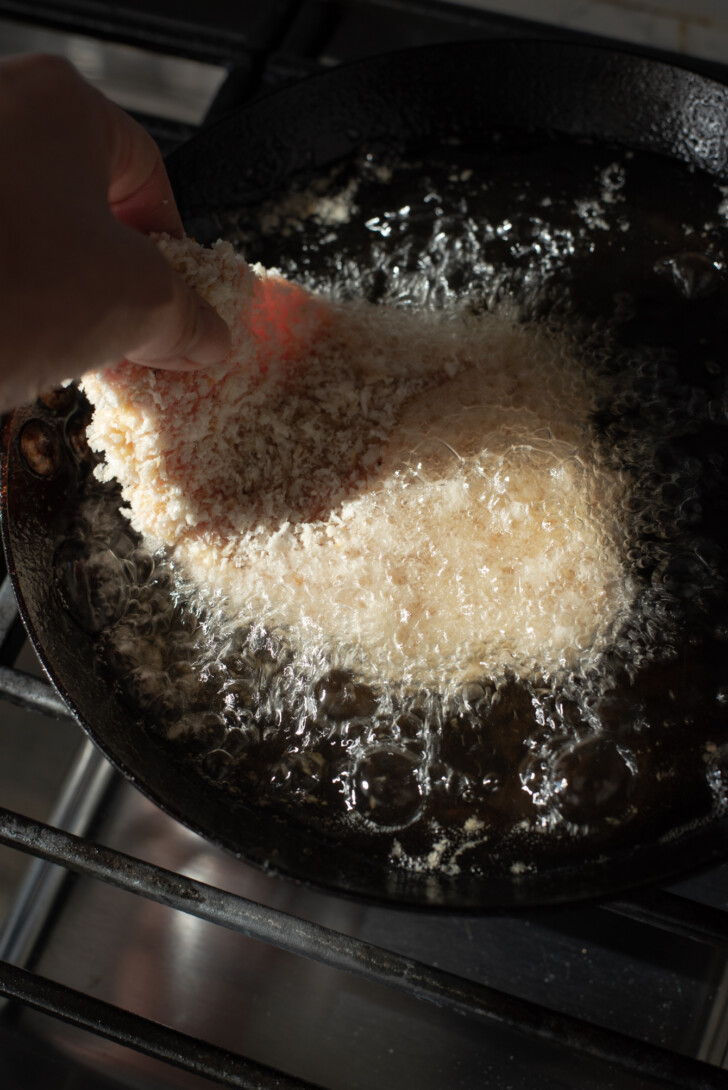
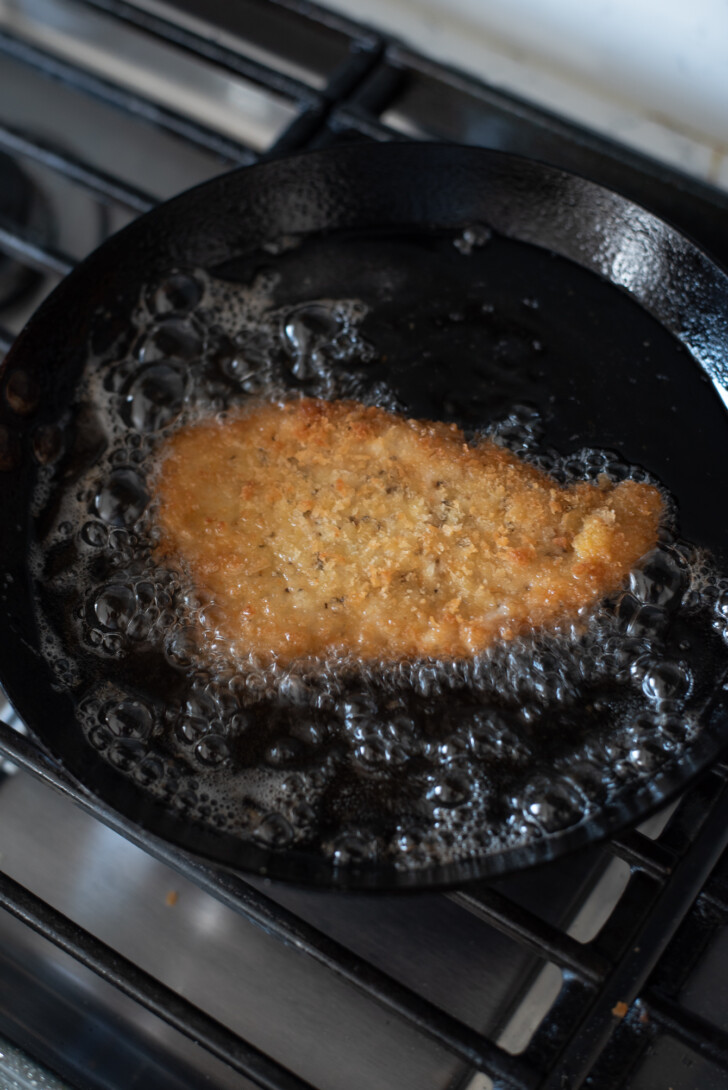
Frying in two stages. Start at a lower heat to cook the pork gently and set the crust, then finish at a higher temperature for that deep golden crunch. This double-fry method is the key to cutlets that stay crispy even after resting.
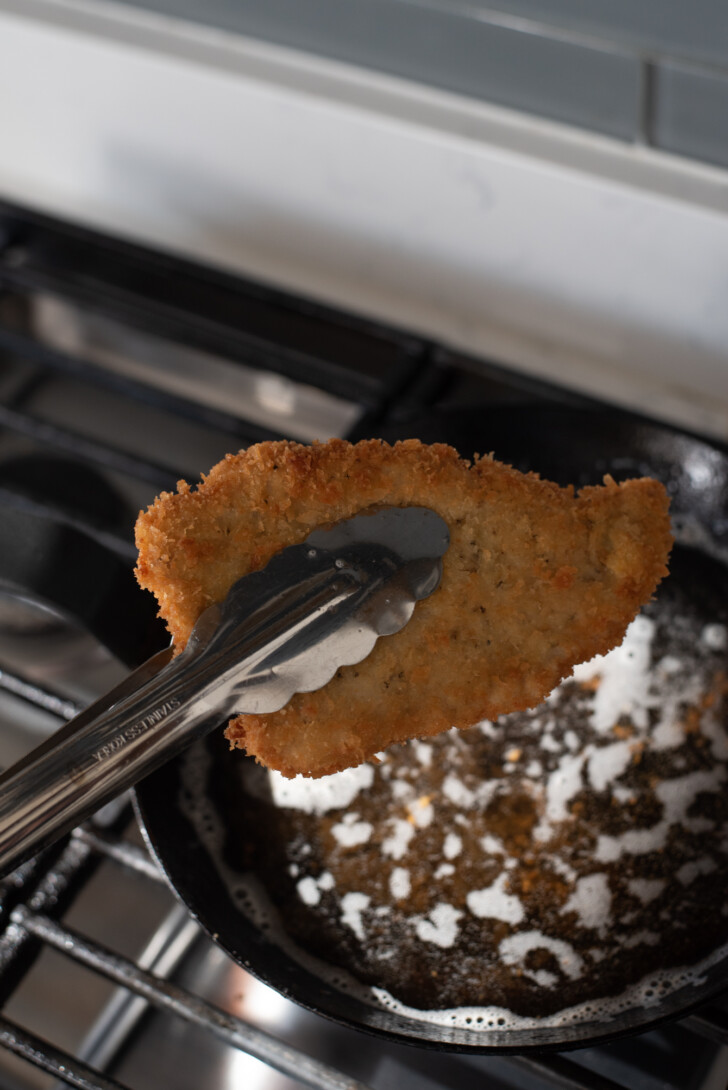
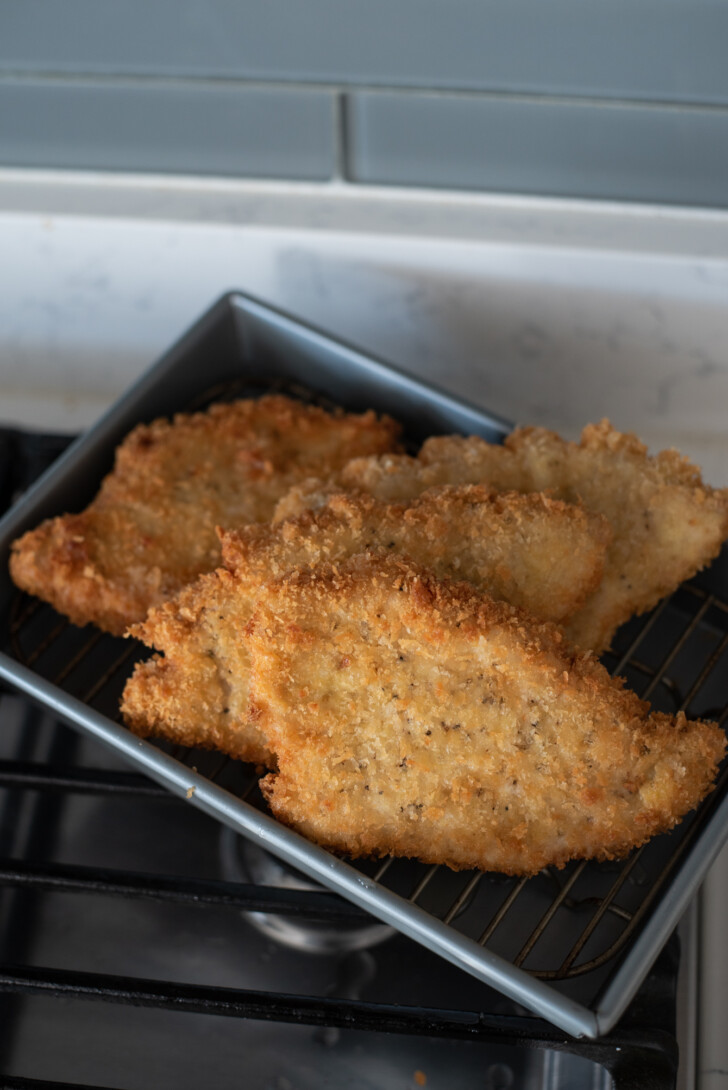
Drain properly: Skip the paper towels and place the cutlets on a wire rack instead. This keeps the bottoms from steaming and preserves the crust’s crispness.
How to Serve and Enjoy
Once the cutlets are golden and crisp, it’s time to plate them the way you’d find in a Japanese restaurant. Traditionally, Tonkatsu is served with a bowl of steamed rice and a generous mound of finely shredded cabbage.
The cabbage isn’t just decoration — it balances the richness of the fried pork and refreshes the palate. For extra crunch, I soak the cabbage briefly in ice-cold water and drain it thoroughly before serving.
You can keep the cabbage plain or drizzle it lightly with your favorite Japanese sesame dressing, wafu vinaigrette, or another Asian-style salad dressing. Of course, no cutlet is complete without sauce — and while you can use bottled, I recommend my homemade Tonkatsu sauce recipe. It’s a quick way to give the cutlets a glossy, tangy finish.
If you enjoy this style of homestyle Japanese cooking, you might also like my Japanese Hamburger Steak (Hambagu), another comforting dish that’s just as satisfying with rice and vegetables.
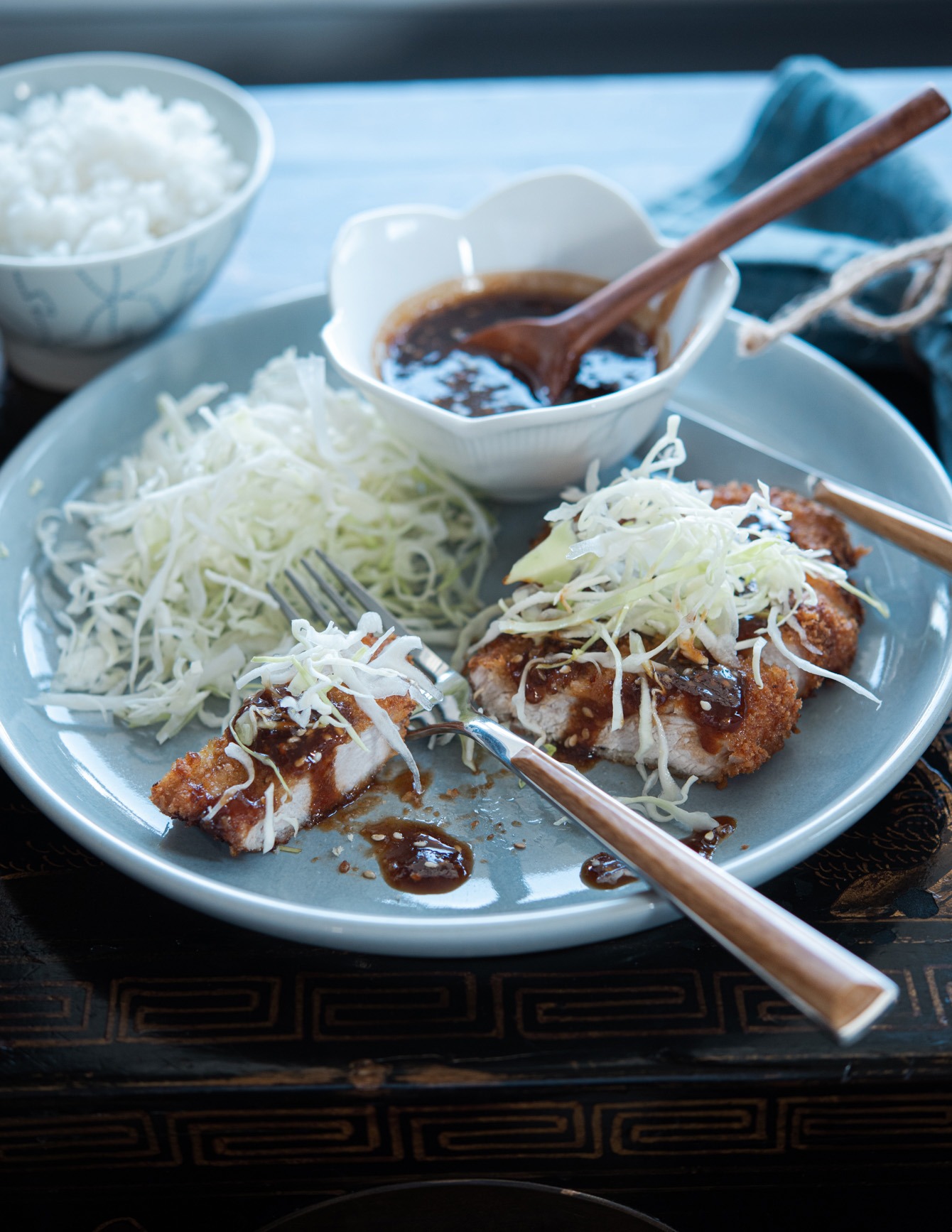
Love this Tonkatsu recipe? Share your cooking experience in the comments. If you’re on Instagram, please tag me so I can see your creations! For more Asian recipes, subscribe our newsletter!
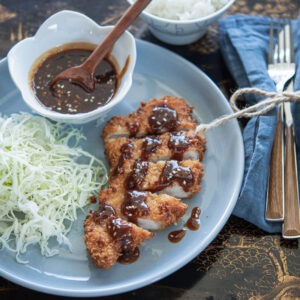
Crispy Tonkatsu (Japanese Pork Cutlet)
Ingredients
- 1 1/4 lb (560 g) pork loin, 3/8-1/2 inch thick slices
- salt and pepper , to season
- 1 cup (120 g) flour, to coat
- 2 eggs
- 2 cup (120 g) panko
- water spray
- 1 cup (240 ml oil, for deep-frying
- 4 cup (300 g) finely shereded cabbage, to garnish
- homemade tonkatsu sauce, or other sauce of choice
Equipment
Instructions
For the breading of pork cutlet
- Place the pork on a working surface. Use a pair of scissors to make several slits on the connective tissue (white area) between the meat and fat. This will help prevent the pork from curling up during deep-frying.
- Cover the pork with a piece of plastic wrap and pound both sides with a meat hammer (or rolling pin) until it becomes thinner and stretched out.
- Prepare the breading by setting up three shallow bowls for flour, beaten egg, and panko breadcrumbs. Spray the panko breadcrumbs with water a few times to moisten them, but don't oversaturate.
- Lightly coat the pork slices with flour, shaking off any excess. Then dip them into the beaten egg. Cover the pork with panko by pressing the breadcrumbs down gently on the meat. Remove any excess panko. Set the breaded pork aside for 5-10 minutes before deep-frying.
For the first deep-frying
- Heat a batch of oil in your pot or pan to reach to 330ºF (170ºC) over medium heat. You can also test by dropping one piece of panko into the oil: if it sinks down but immediately comes right up and bubbly, then the oil is ready.
- Deep fry one slice of pork at a time so that you don’t drastically lower the oil temperature. Gently put one pork cutlet into the oil and cook – without flipping it – for 1-2 minutes. Then, turn the pork to the other side and deep-fry another 1-2 minute (again without flipping it). The coating should be lightly golden.
- Using tongs, take the pork out and remove excess oil by holding the cutlet vertically and slightly shaking it off. Place on a wire rack or paper towel and let it sit until the rest of the batch is deep-fried. Note: Use a fine-mesh strainer or skimmer to remove any floating fried crumbs from the oil in between batches. This helps keep the oil clean and prevent burnt crumbs from darkening the oil. Lower the heat while cleaning the oil, then return it to medium and bring it back up to 330ºF (160ºC) before adding the next batch of pork.
For the second deep-frying
- Prepare for the second deep-frying. Raise the oil temperature to 350˚F (175˚C). Fry the pork again for 1-2 minutes on both sides until deep golden brown. If the coating darkens too quickly, reduce the heat slightly.
To serve
- Slice tonkatsu into wide strips. Serve immediately with tonkatsu sauce, crisped shredded green cabbage, and rice. Drizzle the sauce directly over the cutlet, or dip the cutlet pieces into the sauce. You can also drizzle the sauce over the cabbage and serve together.


Great recipe and tricks!
At the Korean restaurant, they serve the cabbage with a green dressing on top. Do you know what’s it’s called and the recipe?
If it tastes sweet, it could be the kiwi dressing. I am planning to work on Korean salad dressing recipes soon, so stay tuned!
Very good, I used a teriyaki sauce I had on hand. Excellent for kids.
Glad that you like my tonktsu recipe. My kids love it, too. Thanks!
This looks great! I’ve been trying your recipes for some time. Thank you so much for them.
I remember you had a different a tong kat su recipe up before. My husband loved the sauce recipe, it involved crushed pineapples… I can’t seem to find it on your site anymore. Any chance you give me that recipe for tong kat su sauce? I would pay money for it!! It’s so good. Thanks again –
I sent you via email.
I know this post is older, but I’m hoping you can answer my question. I lived in Korea for a year and there was a donkas restaurant near my house in the small town I lived in. They made it with cheese in the center… omg!
Anyway, I’ve been searching ever since for the Korean donkas sauce recipe, the more gravy-like version (which tasted different than the Japanese and was a big part of why I loved it so much). Do you happen to have a recipe for the Korean donkas sauce you could share?
Thank you!
Korean donkas sauce is different than Japanese. I will try to post the recipe next time I make it. Thanks.
Ahhh Darling!
Your text is wonderfully didatic, with some simply funny drops and ohhhh makes me drooling to try this recipe – by the way, I have a very special place for pork-pig in my life: my stomach!
yummmmmie!!!
Have a beautiful weekend!
kisses from southern skies!
oink-oink!
Yumyumyum! I make a version of Wagamama's Chicken Katsu on a regular basis – I think I'll try it with your Tonkatsu sauce, it sounds delish!
@gearedtocook
It might be slightly sweeter but you can always adjust sweetness to your taste which I always do when I cook.
I found that tonkatsu sauce over the counter taste a little bland for me. This will add more zestiness due to the steak sauce, which has lots of flavor in it already that I don't have to add to myself. Makes my life easier.
Thanks for visiting my blog.
Wow, tonkatsu sauce from scratch! Got to try this. How would you say it differs from what you can buy — sweeter, perhaps?
@Rabbittrick
Yes!
I just played around with flavors and the combination of steak sauce, apple, and pineapple is what I like.
It might be a little different than the sauce from restaurant but I prefer mine better actually.
Thanks for visiting my blog.
what an ingenious way to make sauce! i'd never made this tonkatsu sauce before, is it an original recipe?
another tip to frying tonkatsu cutlets is to marinate the pork in rose water, to give it a deeper flavour, i believe.
aha! i was wondering what was in katsu sauce–yum! i will have to try this.
We just got a mini deep fryer and I've been wanting to make Katsu. Thanks for the recipe!